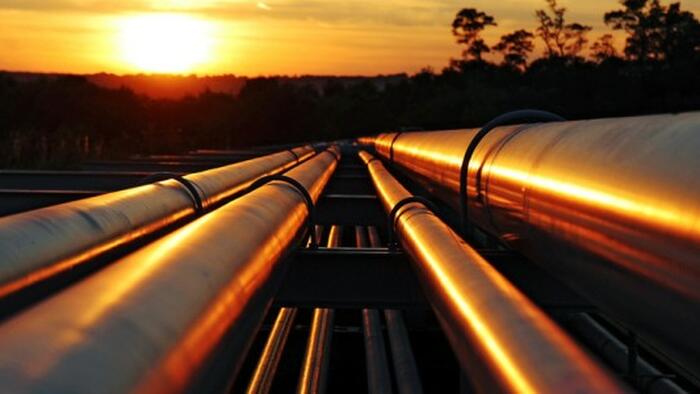
The Big Picture
Russia’s gas deliveries to Europe through pipelines rose by 10% in May compared to April, despite efforts by European countries to reduce reliance on Russian energy. Here’s a simplified breakdown:
Key Details
- May Deliveries: Russia sent 46 million cubic meters of gas per day to Europe via TurkStream (a pipeline crossing Turkey and the Black Sea).
- For perspective: That’s enough gas daily to fill 18,400 Olympic-sized swimming pools.
- Yearly Trend: So far in 2024, Russia has supplied 7.2 billion cubic meters of gas to Europe through TurkStream, up from 6.6 billion during the same period in 2023.
Why This Matters
- Europe’s Shifting Dependency:
- Before 2022: Russia supplied 45% of Europe’s gas.
- Today: That share has dropped to 18%, thanks to EU efforts to find alternative suppliers (like the U.S. and Norway) after Russia’s invasion of Ukraine.
- But Russia still provides over 15% of Europe’s total gas (including liquefied natural gas, or LNG, shipped by tanker).
- Pipeline Problems:
- Nord Stream: Once a major route to Germany, this pipeline was damaged in a 2022 explosion and no longer operates.
- Ukraine Route: Gas flows through Ukraine stopped in January 2025 (as noted in the original article*) after Ukraine refused to renew a transit agreement.
- Who Still Gets Russian Gas?
Countries like Hungary and parts of the Balkans still receive Russian gas via TurkStream.
Europe’s Plan to Quit Russian Gas
The EU aims to end all Russian gas imports by 2027. Steps include:
- Banning new contracts with Russian suppliers by 2025.
- Phasing out short-term “spot market” purchases (like buying gas on demand) by 2025.
- Tracking gas origins to ensure Russian gas isn’t sneaking into Europe through third countries.
Why Pipelines vs. LNG?
- Pipeline gas is cheaper and flows directly, making it hard to replace quickly.
- LNG (shipped in tankers) is easier to source globally but costs more.
Note: Dates like the January 2025 Ukraine transit halt are based on the original article’s wording. Events beyond mid-2024 may reflect projections.
In Short
Europe is slowly cutting ties with Russian gas, but the process is complex. While May saw a spike in Russian pipeline supplies, long-term plans aim to phase them out entirely within three years.